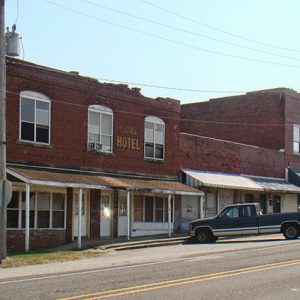 Mineral Springs
Mineral Springs
Entry Type: Place - Starting with M
 Mineral Springs
Mineral Springs
Minturn (Lawrence County)
 Minute Man, Jacksonville
Minute Man, Jacksonville
 Minute Man, Jacksonville, Opening
Minute Man, Jacksonville, Opening
 Mirror Lake
Mirror Lake
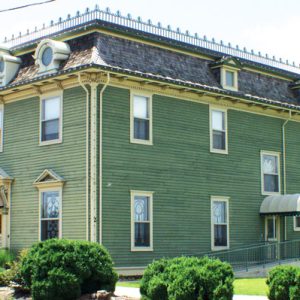 Miss Laura's Social Club
Miss Laura's Social Club
 Miss Laura's Social Club before Restoration
Miss Laura's Social Club before Restoration
Miss Laura’s Social Club
 Miss Laura's Social Club Costume Room
Miss Laura's Social Club Costume Room
Mississippi Alluvial Plain
aka: Mississippi Delta
aka: Arkansas Delta
aka: Delta
aka: Mississippi River Delta
aka: Mississippi River Valley
Mississippi County
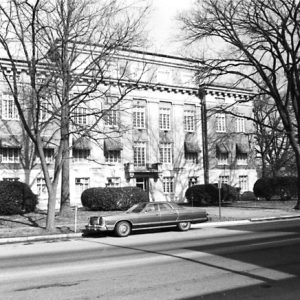 Mississippi County Courthouse
Mississippi County Courthouse
 Mississippi County Courthouse
Mississippi County Courthouse
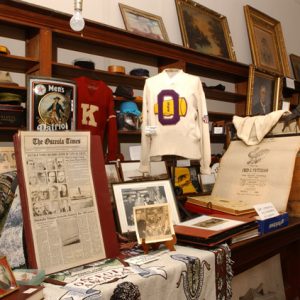 Mississippi County Historical Museum
Mississippi County Historical Museum
 Mississippi County Historical Museum
Mississippi County Historical Museum
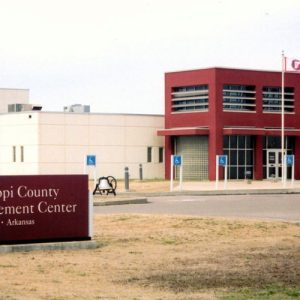 Mississippi County Law Enforcement Center
Mississippi County Law Enforcement Center
Mississippi Flyway
 Mississippi Flyway
Mississippi Flyway
 Mississippi River
Mississippi River
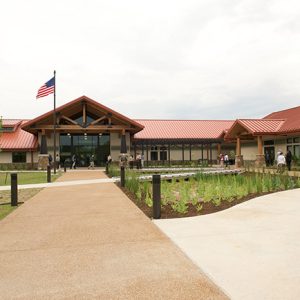 Mississippi River State Park
Mississippi River State Park
 Mississippi River State Park
Mississippi River State Park
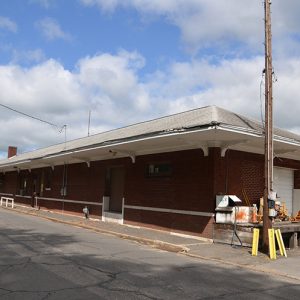 Missouri Pacific Depot
Missouri Pacific Depot
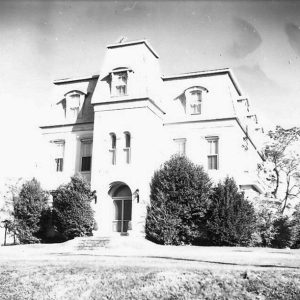 Missouri Pacific Hospital
Missouri Pacific Hospital
 Missouri Pacific Hospital
Missouri Pacific Hospital
Mitchellville (Desha County)
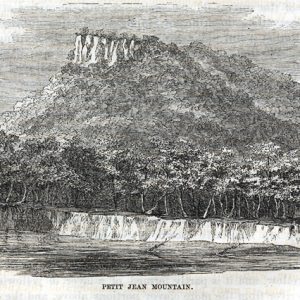 Mollhausen Woodcut
Mollhausen Woodcut
 Monastery and Order of Our Lady of Charity
Monastery and Order of Our Lady of Charity
 Monastery of the Order of Our Lady of Charity
Monastery of the Order of Our Lady of Charity
Monastery of Our Lady of Charity and Refuge
aka: Good Shepherd Home
Monette (Craighead County)
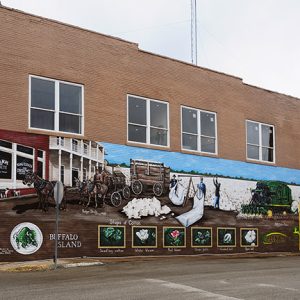 Monette Mural
Monette Mural
 Monette Street Scene
Monette Street Scene
Monkey Run (Baxter County)
Monroe County
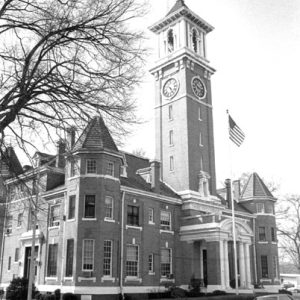 Monroe County Courthouse
Monroe County Courthouse
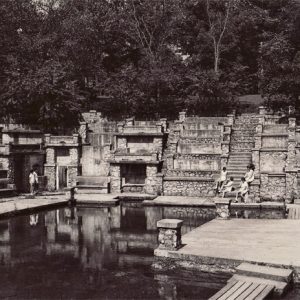 Monte Ne Amphitheater
Monte Ne Amphitheater
Monte Ne (Benton County)
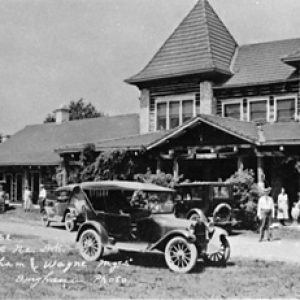 Monte Ne Club House Hotel
Monte Ne Club House Hotel
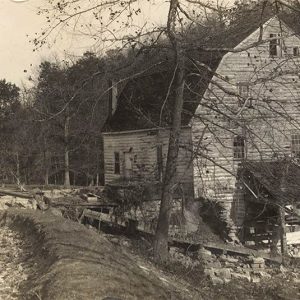 Monte Ne Mill
Monte Ne Mill
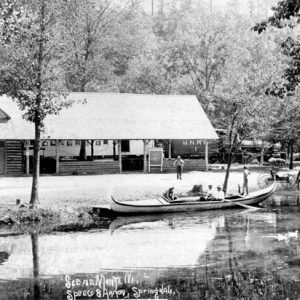 Monte Ne Train Depot
Monte Ne Train Depot
Montgomery County
 Montgomery County Courthouse
Montgomery County Courthouse
Monticello (Drew County)
Monticello Academy
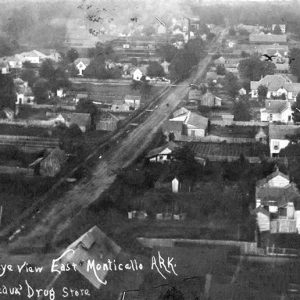 Monticello City Scene
Monticello City Scene
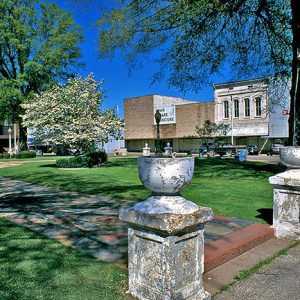 Monticello Downtown Square
Monticello Downtown Square
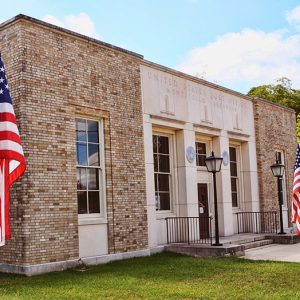 Monticello Post Office
Monticello Post Office
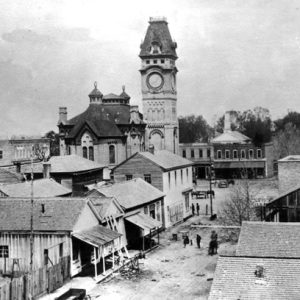 Monticello Street Scene
Monticello Street Scene
 Monticello View
Monticello View
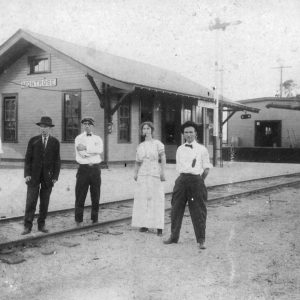 Montrose Depot
Montrose Depot




